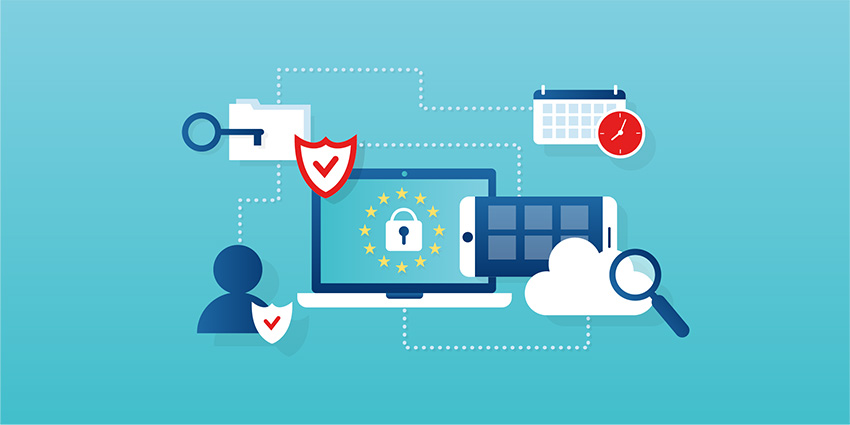What is Data Preservation
Preservation is the process of keeping physical items and electronically stored information (ESI) intact for discovery during litigation. To preserve potential evidence, parties must protect that information from being destroyed, deleted, lost, or altered in any way.
The duty to preserve evidence begins from the moment that a party can reasonably anticipate litigation. This is often called the preservation trigger. The trigger event may happen when something goes wrong, like when an employee is fired or someone is injured. Or, it may not occur until later, when the plaintiff files a complaint or a lawyer sends a letter demanding that the other side preserve evidence. It can also occur when a plaintiff firsts contemplates the potential for litigation.
Preservation ensures that both sides retain all of the information that may be important to resolving a dispute in court. Parties have a duty to preserve non-duplicative information that is relevant to the parties’ claims and defenses, and proportional to the needs of a case. The key to successful data preservation is finding the middle ground of relevance: preserve too much and discovery is overwhelmingly expensive, but preserve too little and a party can be penalized for allowing important information to be destroyed. Ideally, parties preserve everything they need and nothing they don’t.
Why is Data Preservation Important
Data Preservation can be risky during discovery for two reasons. First, when it comes to ESI, relevant data is difficult to identify, locate, and protect. Data is generally disorganized and is constantly being created, moved, modified, and deleted. Data may be located in multiple places and scattered across many different silos, from cloud storage repositories to internal servers and laptop computers or even employees’ personal devices, if the business has a bring-your-own-device (BYOD) policy.
Second, under-preservation can’t be corrected later. Often, when evidence that should have been preserved is lost, it cannot be restored or replaced. When relevant evidence is spoliated — irretrievably lost — the court may impose curative measures and sanctions for that spoliation.
On the relatively mild end, a court may sanction the party that lost evidence to pay all or a portion of its opponent’s attorneys’ fees and costs. On the opposite end of the spectrum, the court could impose the harshest sanction, ending the case by ordering summary judgment for the opponent. The specific measures available depend on whether a party acted intentionally to deprive its opponent of information or was merely negligent in allowing information to be lost, as well as on how much damage or prejudice the loss of information caused the opponent.
Why Implement a Preservation Plan?

We believe a strong preservation plan is a critical cornerstone for corporate legal teams, even though it isn’t required by any governing body. A formalized plan ensures a timely response by identifying how decisions will be made and what processes will be necessary when a preservation obligation arises.
Your organization has to ensure that your data preservation efforts are reasonable and in good faith – core tenets of defensibility. And a preservation plan provides a blueprint for your defensible process, from initial awareness of a trigger event through the release of legal holds at the close of a matter. Most legal teams are going to have some sort of standard preservation workflows in place, but a preservation plan helps you gather all those tasks into one standard, repeatable process.
Best Practices for A Preservation Plan
We get that recommended “best practices” can sound great in theory, but corporate legal teams are busy, and carving out time to implement these frameworks can feel out of reach. That’s why we try to focus on key processes and plans that are truly additive – things that will streamline your work to help you save time, reduce costs, or reduce risk.
For example, we’ve recently provided recommended steps for matter resolution, responding to third-party subpoenas, and conducting an ediscovery security audit, because these are areas where legal teams can experience high impact from formal processes. The time it takes to implement a process can be recouped through the huge benefits it yields across current and future work.
How to Get Started
We have consolidated our preservation plan recommendations into a comprehensive ebook that is designed for corporate legal teams, whether you are starting from scratch or looking for ways to refine your current plan. Essential Elements Of A Preservation Plan is meant to be a practical guide to creating or updating your plan, including tips, checklists, and actionable steps. Here are the basics to get started, and be sure to check out the ebook for in-depth discuss of these topics:
The Blueprint for a Defensible Legal Hold Process
- Recognizing the Trigger Event
- Evaluating a trigger event should be a fact-based inquiry, based on what is known at the time – focus on how you will identify and evaluate trigger events.
- Defining the Scope of Preservation
- Once the organization is subject to a duty to preserve, you must determine a reasonable scope for those preservation efforts.
- Taking Action to Preserve
- Legal holds must be timely, with clear instructions on the actions that need to be taken, and include mechanisms to ensure that data custodians receive the notice and comply.
- Monitoring the Hold
- Legal hold obligations don’t end once you hit “send.” You need a mechanism to track acknowledgments, send past-due notices, and issue periodic reminders over the life of the hold.
- Releasing the Hold
- Avoid the urge to preserve data indefinitely. An effective in-place preservation plan ends with releasing holds and resuming normal operations, including any scheduled data destruction.
Ready to take control of your ediscovery? Learn more about how ZDiscovery can help.
Book a CallGlossary definition
Preservation is the process of keeping physical items and electronically stored information (ESI) that may be relevant to a dispute intact and available for discovery during litigation.




